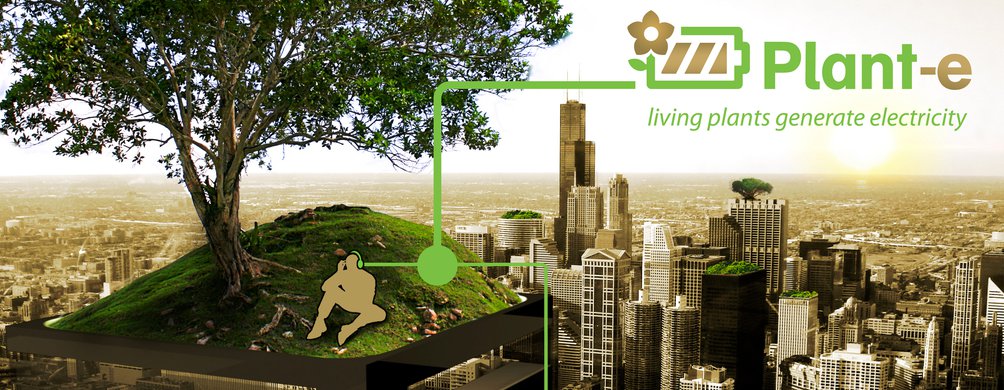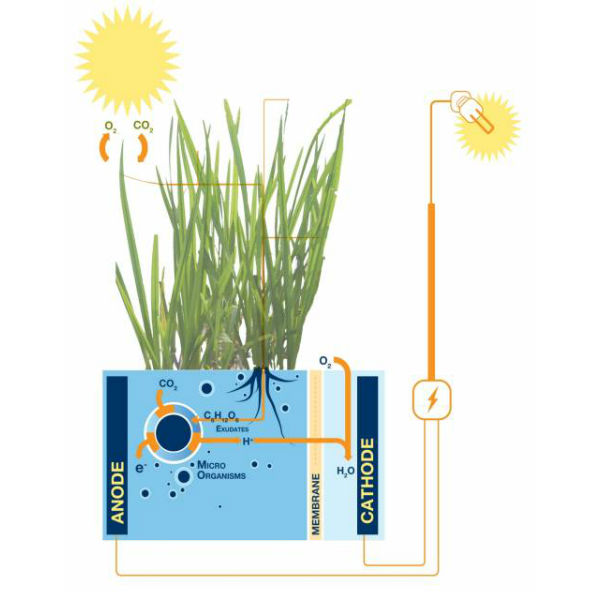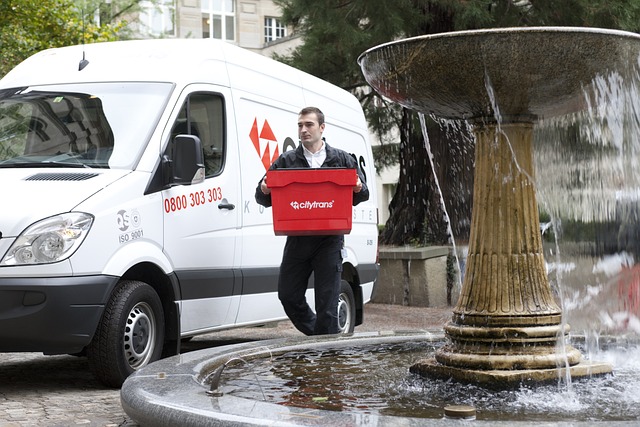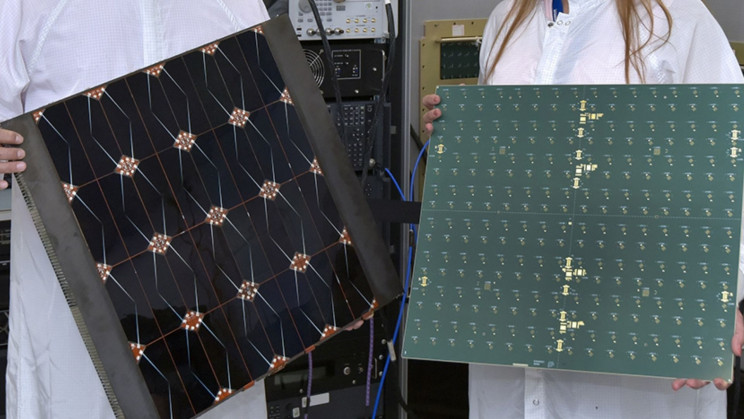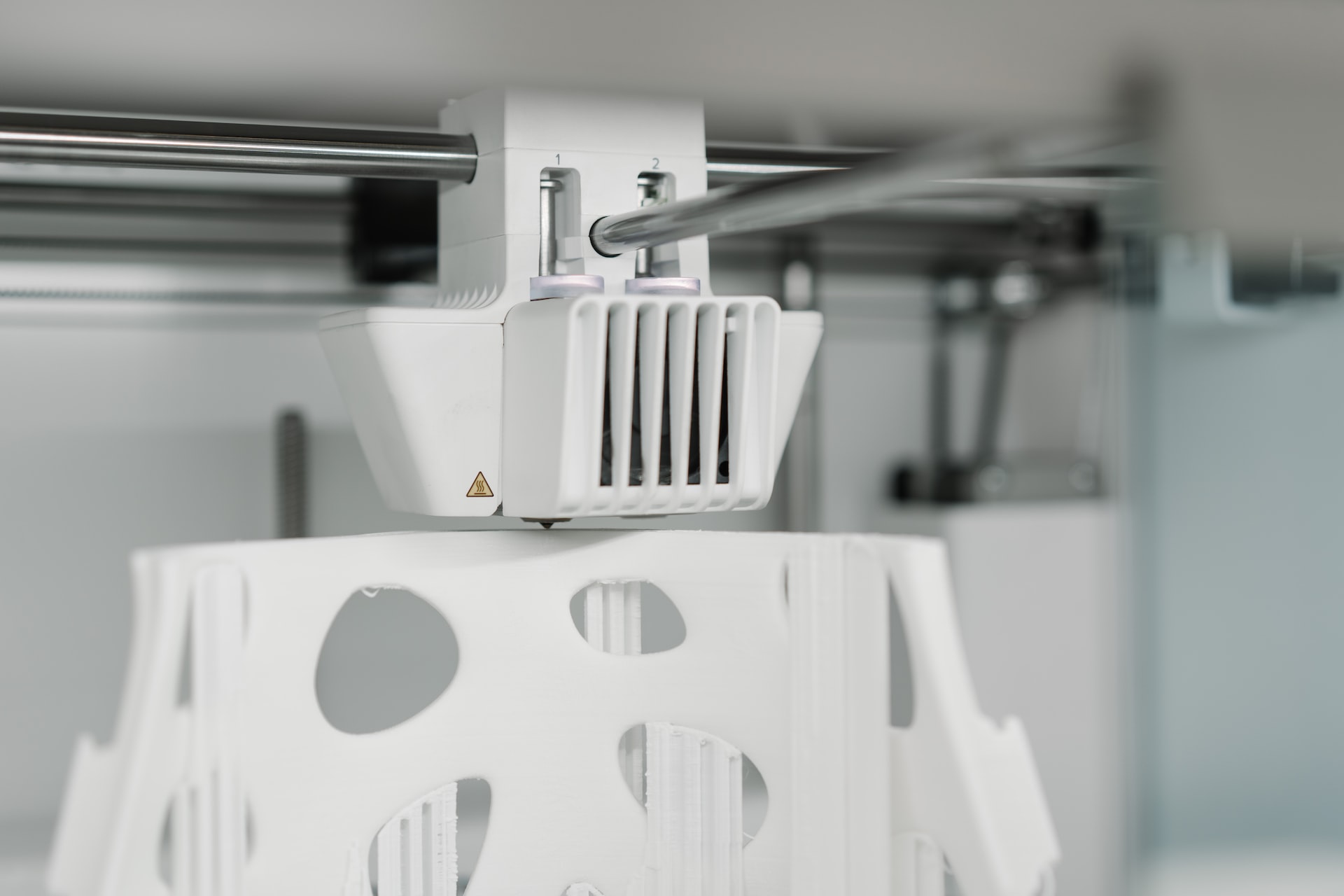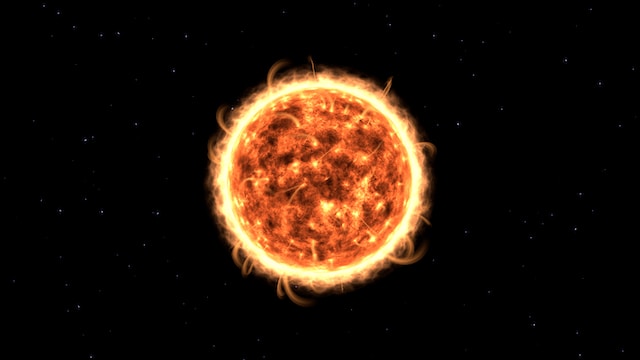Harvesting energy from growing plants has come a long way since we used potatoes to light an LED clock for our school science project.
Now, a Dutch start-up company has harvested electricity from plants. The Dutch company, Plant-e, powered more than 300 LED streetlights in The Netherlands as a proof of the concept. It has also successfully powered cell phone chargers and Wi-Fi hotspots.
Plant-e debuted with its “Starry Sky” project last year in HEMbrug, near Amsterdam. In a similar project an hour’s drive away, Plant-e used plant power near the company’s headquarters in Wageningen.
A few months back, Plant-e received the World Economic Forum’s Technology Pioneers Award as one of the world’s 49 most promising Technology Pioneers of 2015.
The new clean energy option to generate electricity could be revolutionary.
The technology developed by Plant-e can produce electricity from living plants practically at every site where plants can grow. The technology is safe for both the plant and the environment.
Although the idea of extracting energy via photosynthesis is not new, Plant-e’s technology is the first to produce electricity from plants without damaging them. Plant growth is not impacted by harvesting electricity.
Harvesting electricity from plants is no easy feat.
Ramaraja Ramasamy, an assistant professor at the University of Georgia College of Engineering, cautions that the technique is still in experimental stages. It’s still not advanced enough to compete with solar panels and wind turbines, which have been in development for years.
Although it’s not practical in the United States or any other developed country where households use high amounts of electricity, the company hopes that someday it could be used to provide power in poor areas of the world.

